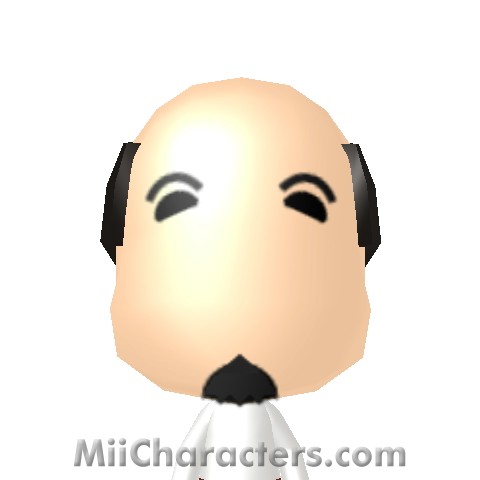

The watches underwent a series of tests by NASA-the most rigorous trials endured in the history of horology. Little did we know that, less than a decade later, it would be on the wrists of NASA’s astronauts.”
#Snoopy mii instructions drivers
“The Speedmaster, which we launched in 1957,” explains Urquhart, “was conceived as a tool that, with its tachymetric scale, would help drivers determine the speed with which they travelled between two points. Affiliate in New York, who proposed and delivered three Speedmasters with the reference ST105.003. Omega’s copy of the request was received by its U.S. Two years later, astronaut Donald Kent “Deke” Slayton issued an internal memo stating the need for a “highly durable and accurate chronograph to be used by flight crews.” The memo landed on the desk of NASA engineer James Ragan, who sent a Request for Quotations and a specification sheet for wrist chronographs to various manufacturers (Breitling, Longines, and Rolex among them). Schirra’s personal chronograph was the very first Speedmaster to fly on a space mission during the Mercury-Atlas 8 (Sigma 7) mission. The Speedmaster’s association with space exploration began in 1962 when NASA astronaut Walter “Wally” Schirra purchased his flight watch: the second generation Speedmaster model with the reference CK2998. The watches underwent a series of tests by NASA-the most rigorous trials in the history of horology. “Nonetheless, being a watch guy, I decided to strap the Speedmaster onto my right wrist around the outside of my bulky spacesuit.” “Few things are less necessary when walking around the moon than knowing what time it is in Houston, Texas,” Aldrin later wrote. Although Armstrong was the first to set foot on the moon, he left his Speedmaster in the lunar module. “I was told to write down if ever the word Omega was mentioned.”įor, on a Velcro strap that fit comfortably around the sleeve of a spacesuit was the Omega Speedmaster. “I was listening in to the Apollo 11 landing just for one reason,” says Urquhart, the now-69-year-old president of Omega. A then-23-year-old, Stephen Urquhart, in the early days of his career, was listening to the events unfold on headphones in Biel, Switzerland. The same could have been said for hundreds of millions of people around the world watching on television. You’ve got a bunch of guys about to turn blue. “Roger, Tranquillity,” mission control replied. “Houston, Tranquillity Base here,” Armstrong radioed to mission control. Aldrin Jr., known as Buzz, steered their lunar landing craft, Eagle, to a rock-strewn plain near the southwestern shore of the Sea of Tranquillity. On that day, Armstrong and his co-pilot, Col. On July 20, 1969, at 2:56 GMT, the late astronaut Neil Armstrong stepped onto the lunar surface. President Kennedy’s vision came true, of course. Kennedy announced to an audience at Rice University in Houston, Texas, that before the decade was finished, America was determined to land a man on the moon and bring him back safely to Earth, saying: “We choose to go to the moon in this decade and do other things, not because they are easy, but because they are hard.” On September 12, 1962, a fired-up President John F. They were the assassinations of political leaders, but they were also movements in support of civil and human rights. They were also the Beatles and flower power.

The 1960s: an era of political and social unrest that went hand in hand with unparalleled scientific advancement.


 0 kommentar(er)
0 kommentar(er)
